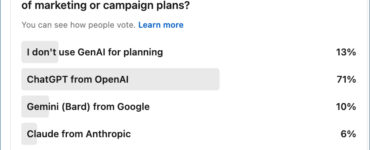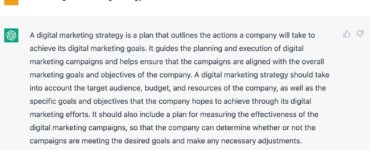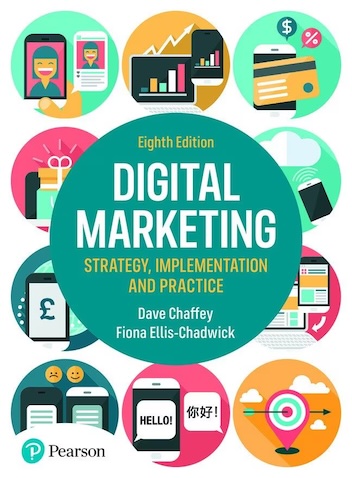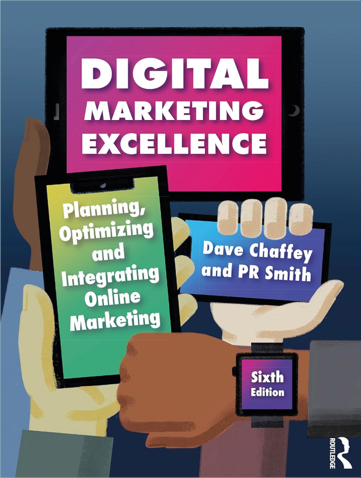Are you investing sufficiently in ‘always-on’ marketing activities to compete through digital marketing?
In the pre-digital era, marketing activities were planned in campaign ‘bursts’ around new product launches and promotions. To be effective, digital marketing needs a change in mindset so businesses invest sufficient time and budget into defining and optimizing ‘always-on’ activities which can be used in an integrated way to maximise visibility and conversion through the customer lifecycle.
What is always-on marketing?
I define always-on marketing (AOM) or lifecycle marketing as:
A planned approach to scheduling and optimising continuous marketing activities which support customer acquisition and retention. These activities aim to maximise visibility and persuasion through the customer lifecycle.
Key ‘always-on’ activities include paid and natural search marketing to increase visibility as visitors search for products, information or entertainment; social media and influence marketing to encourage recommendations. Once visitors are aware of a brand, their interest can be nurtured by marketing automation techniques to feature persuasive content marketing including email marketing, SMS messaging or push notification plus on-site personalisation and off-site re-targeting ads.
Writing for WARC Ben Silcox, Head of Data and Technology at Havas EHS in an article Always-on marketing (AOM): what it means defines these two key features of AOM:
- It is ‘pulled’ from the consumer. Listen and understand the rhythms of different types of consumers based on their previous search, site & social activity
- It is anticipatory. It hinges on a deep understanding of consumer behaviour; the nuances and the similarities.
So, that’s the definitions, it’s best illustrated by these summaries of the sequence of customer lifecycle marketing that I have devised as a framework to help businesses review the gaps in the sequence of their activities or those that aren’t optimized.
This is a B2C retail example of always-on activities…
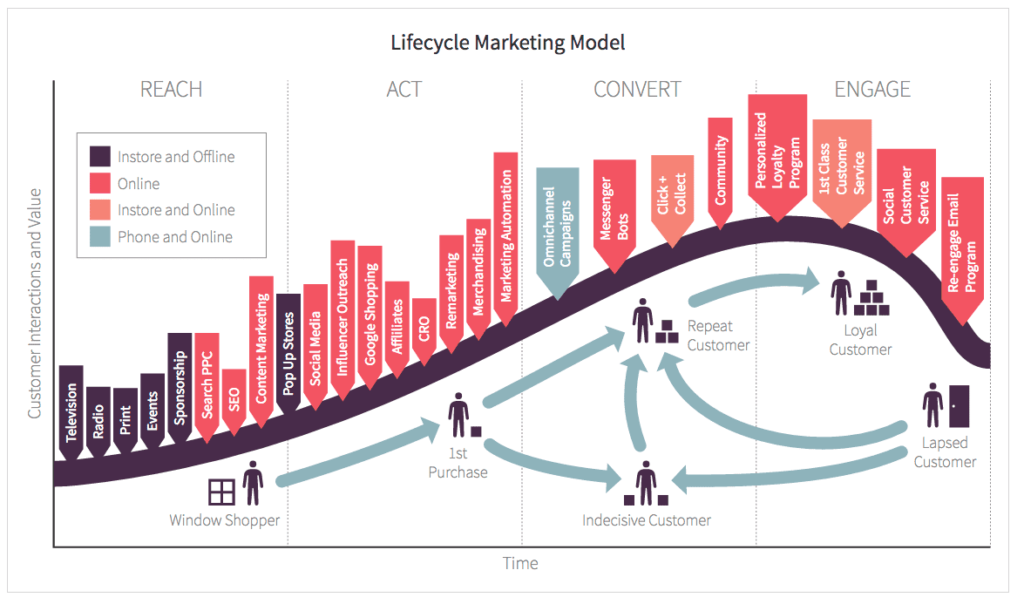
… and this is a B2B example. BOFU, MOFU and TOFU refer to bottom, middle and top-of-funnel content which is used to attract and persuade visitors to buy.
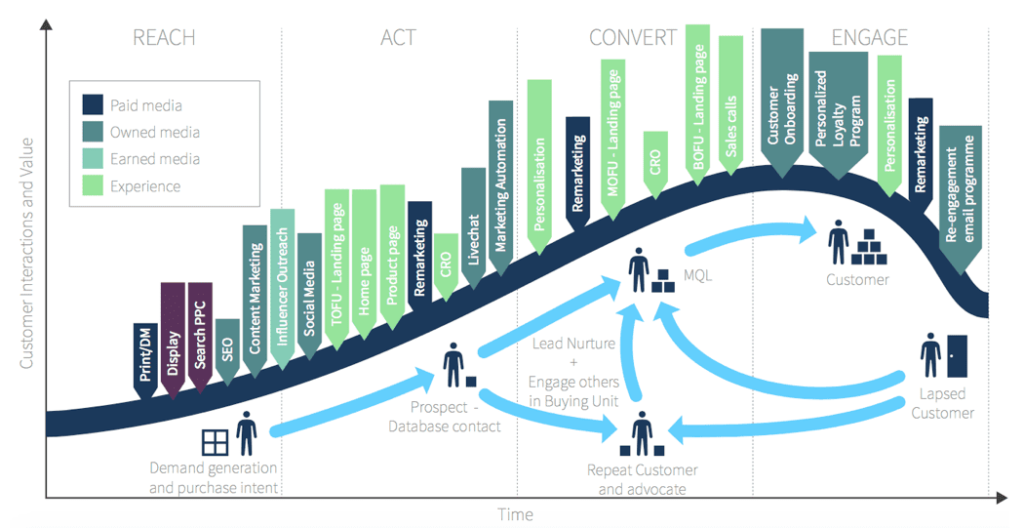
Why use always-on marketing?
Always-on or inbound digital marketing aims to maintain continuous online visibility and persuasion 365 days a year. The intention is to reach and convince consumers and business people as they show their intent to buy by searching online for information about products and services using search engines, social media, reviews, comparison sites and their preferred influencers.
Key techniques to support always-on?
If you buy into the concept, to make it happen you should consider:
- Planning AOM – time needs to be dedicated to this, difficult if all the time and budget is still devoted to campaign activities. Ensure you use a comprehensive digital marketing planning framework like RACE.
- Investing in AOM – again, to make this happen needs sufficient investment in automation technology, media to attract and re-target audiences and specialist agency skills like organic search if you don’t have them.
- Optimizing AOM – You won’t be alone in using these inbound marketing techniques, so to compete you will need to optimize the techniques. This again requires planning
An example of Always-on marketing
Spotify are an example of a brand that follows an ‘always-on’ marketing approach. In this article for AdWeek, Mayur Gupta, Spotify global growth innovation and marketing, summarized in this AdWeek interview How to build an always-on marketing machine. He says that the key success factors are:
- ’Aim for a holistic view of the consumer. Marketers often only know a single person in many fragments: There is the email mom, the social mom, the e-commerce mom, etc. If your marketing tech is siloed by channel, you are looking at her as many people, not just one.
- Don’t forget context. Ask: Who are you trying to reach and why? What are your objectives? What behaviors do you want to change? Look for key moments and inflection points to deliver the right message at the right time.
- Use omnichannel planning. Make your messaging consistent no matter what channel you are using to reach the consumer and base it on human behaviour.
- Listen, target, test and refine: An agile marketing operation allows for always-on experimentation.’
More detail here in this case study of how Spotify apply AOM to drive growth:

